For 2017 LCV market in Europe has increased
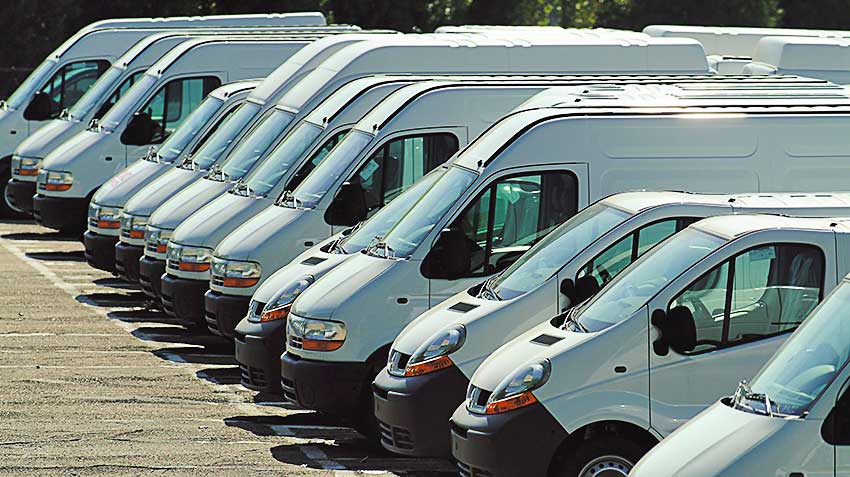
Growth in the European LCV segment in the past year gradually came down in minus

In December 2017 years, the demand for vans the EU decreased by 3% to 172,6 thousand to the same month of the previous year. In same time the most important EU markets, the sales of LCV were the most diverse. For example, the UK (+2.9% to 28 thousand) and Germany (+2.2% to 23.9 per thousand) showed an increase in in Italy (-18% to 23,4 thousand), France (-3,9% up to 39.5 thousand) and Spain (-1.7% until 16.2 thousand) demand has decreased. Interestingly, the highest rise of demand occurred in Cyprus (+51,1% to 207 units), and the biggest decline was recorded in Finland (-18,1% to 1,11 million).
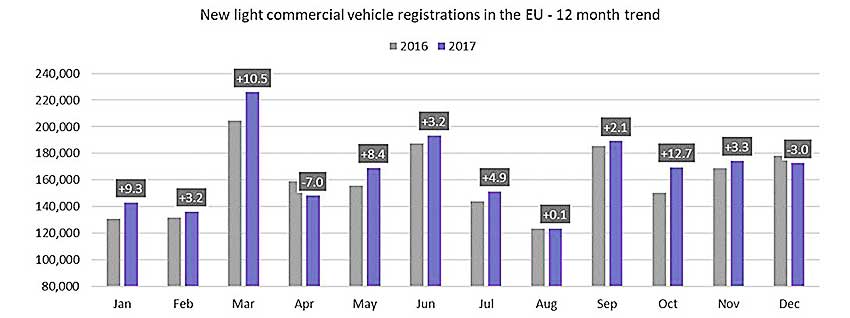
In General for the 2017 in the EU was 1 million 995,8 thousand new light commercial vehicles, that on 3,9% more, than in 2016. With the EFTA countries registration amounted to 2 million 65.5 thousand – an increase of the same is 3.9%. On the key markets in Spain (+15.5% to 199,1 thousand), France (+7.1% to 437,4 thousand) and Germany (+9%, 4270,7 thousand) recorded the strongest growth of the LCV segment, but in the UK (-3,6% to 362,2 million) and Italy (-3,4% to 193,5 million) demand for vans decreased. The largest annual growth LCV was in Bulgaria (+22.1% to 6 million) and Slovenia (+21.6% to 12,1 thousand), and the largest drop – in Ireland (-14,1% to 24.2 thousand, however, along with MCV full weight up to 6 tons) and in Hungary (-6,5% up to 19.9 thousand).
What are European vans?
Vans or"vans" (meaning tsmf) are category TC, known as the "Light commercial vehicles" (LCV). Vans make up more than 80% of sales (in physical units) in the segment of commercial road transport, which also includes medium heavy-duty trucks and buses of all types.
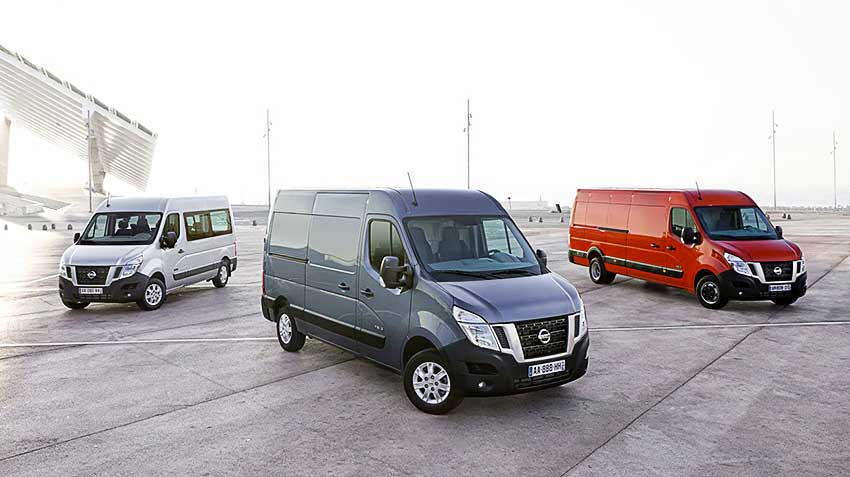
The European fleet of vans to the beginning of 2017 to 28 917 thousand. The average age of the European van was equal to 10.7 year and continued to grow.
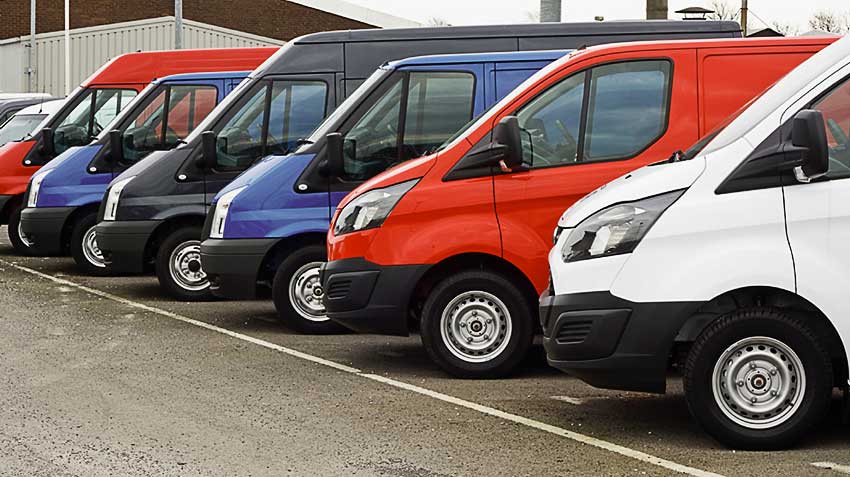
The European classification system defines vans as "cars with no less than four wheels used for the carriage of goods and with a maximum mass not exceeding 3.5 tonnes". In the classifier are denoted as N1 category. This category is further subdivided into the classes I, II, and III depends on the weight of the vehicle. LCV also can be used for the transport of persons, and in this case they are treated as passenger cars category M On the EU market is a wide variety of commercial vehicles of various models and sizes, which are used for service of a wide range of various consumers.
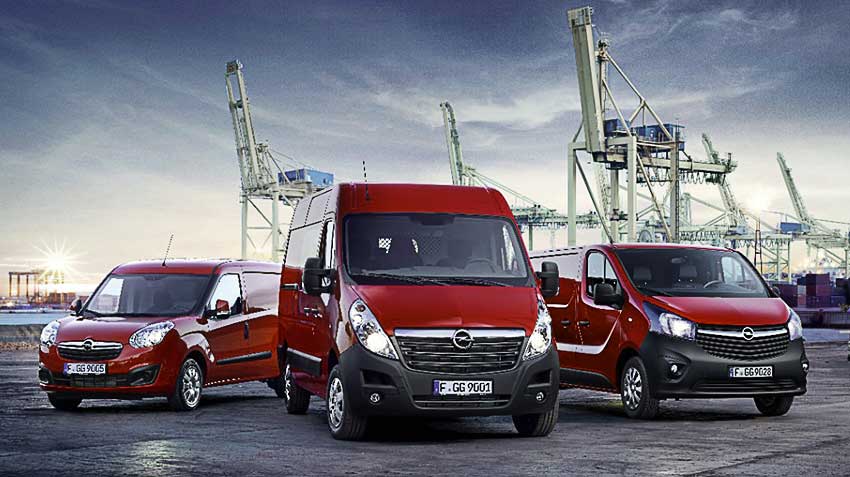
Many LCVs are registered as special vehicles. This means that the main manufacturer base vehicle, which is then equipped with a truck body and equipment firms-bodybuilders. Thus, the maximum fully satisfied thousands of the most diverse needs of the clients, for example, are issued tourist caravans, wagon-boxes, refrigerators and etc etc.
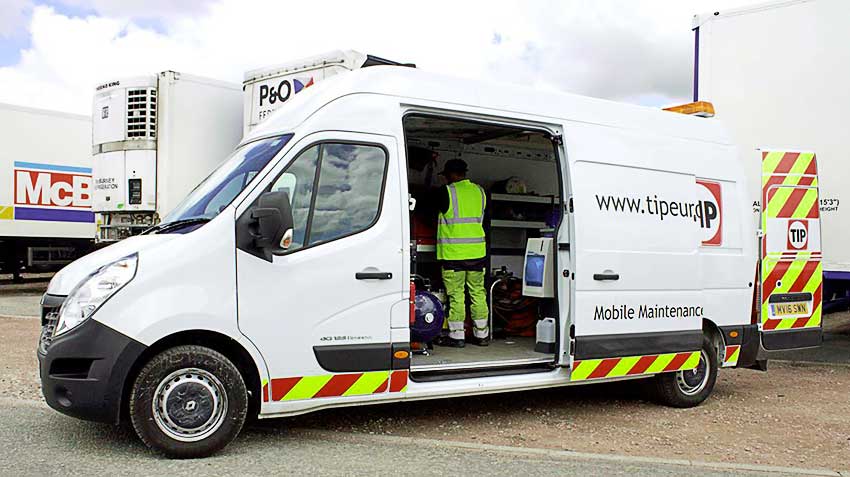
Although the volume of production of vans is much lower than passenger cars, they are of paramount importance for the economy and society.
So, the vans provide a wide range of activities, in particular:
– construction;
– postal and courier services;
– an ambulance (ambulances and mobile intensive care units);
police, fire and rescue operations;
– mobile services (e.g. mobile phones and tp.);
– passenger transport (e.g. school buses, shuttles in airports and so on).
Used in mostly small and medium enterprises in the quality of the means of production, vans help businesses to flourish and contribute to the development of the European economy in General.
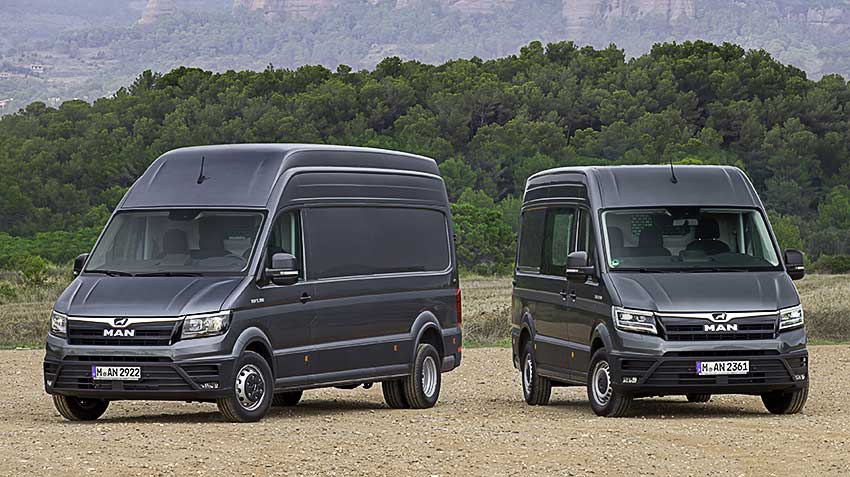
Car factories in Europe to produce today, 39 LCV models, including newcomers such as MAN
Due to the increased weight, size and the design features, and also adaptation requirements under a specific specialized use, some technological solutions used in the mass models of cars, directly to the vans not applicable, their lower production volumes do not allow to reduce the cost, attainable only with large scale of production (hence a variety of alliances to release a single-platform LCV, which conclude are rigidly competing in other market segments of the European and producers – ed.).
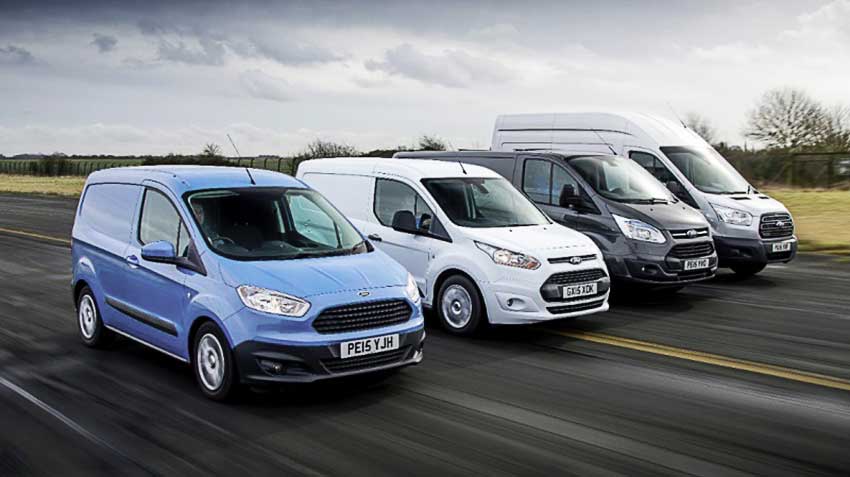
Diesel vehicles continue to comprise the vast majority of new registrations of vans, occupying 96% of the sales. On today the diesel engine is most suitable for use vans, combining high torque with fuel efficiency that guarantees high performance and reliable delivery of goods, and also required in tow trailers. By the way, the average level of emissions of CO2 in based on the van was in 2016 163,8 g/ km.
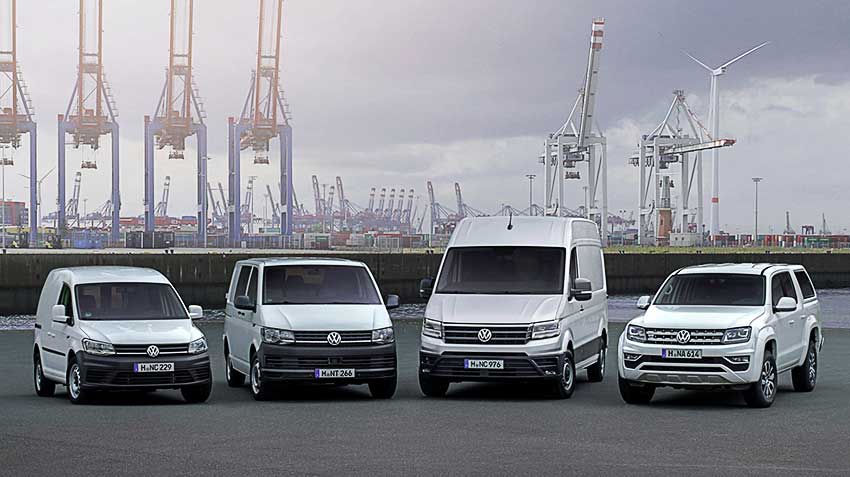
About 1.7% of the current fleet of vans is alternative powertrains. In the sales of new vans in Europe (1.9 million in 2016, which is 12% in previous) share of cars on alternative fuels is less than 1.5%.
This is due to the fact that vans alternative powertrains, as a rule, are only used for utility work in the historical centres of cities. Customers will become more active on the purchase of such vehicles, if the cost and payload will be comparable to vans with conventional engines. In the end, enterprises often simply do not can sacrifice the payload of its rolling stock for lower fuel consumption.
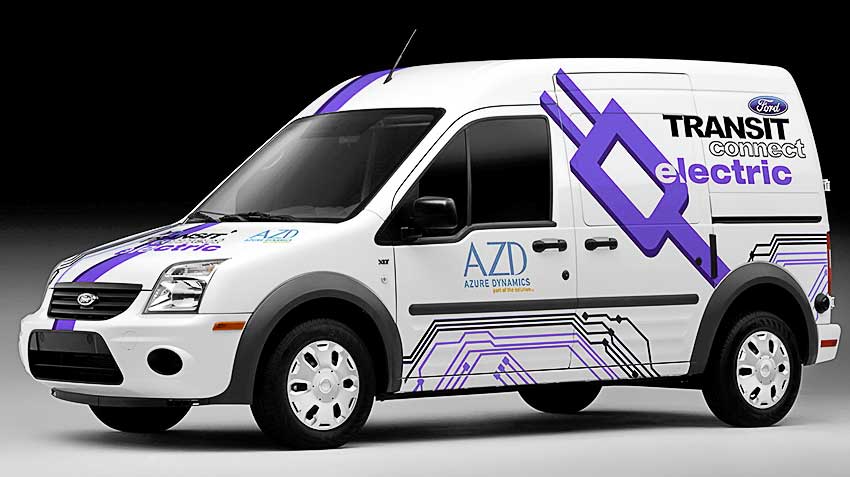
European vans continue to gain popularity worldwide. So, in 2016, of the manufactured in Europe 2.2 million vans were exported 347,1 thousand to the amount of more than €4 billion.
.
|
|
|








